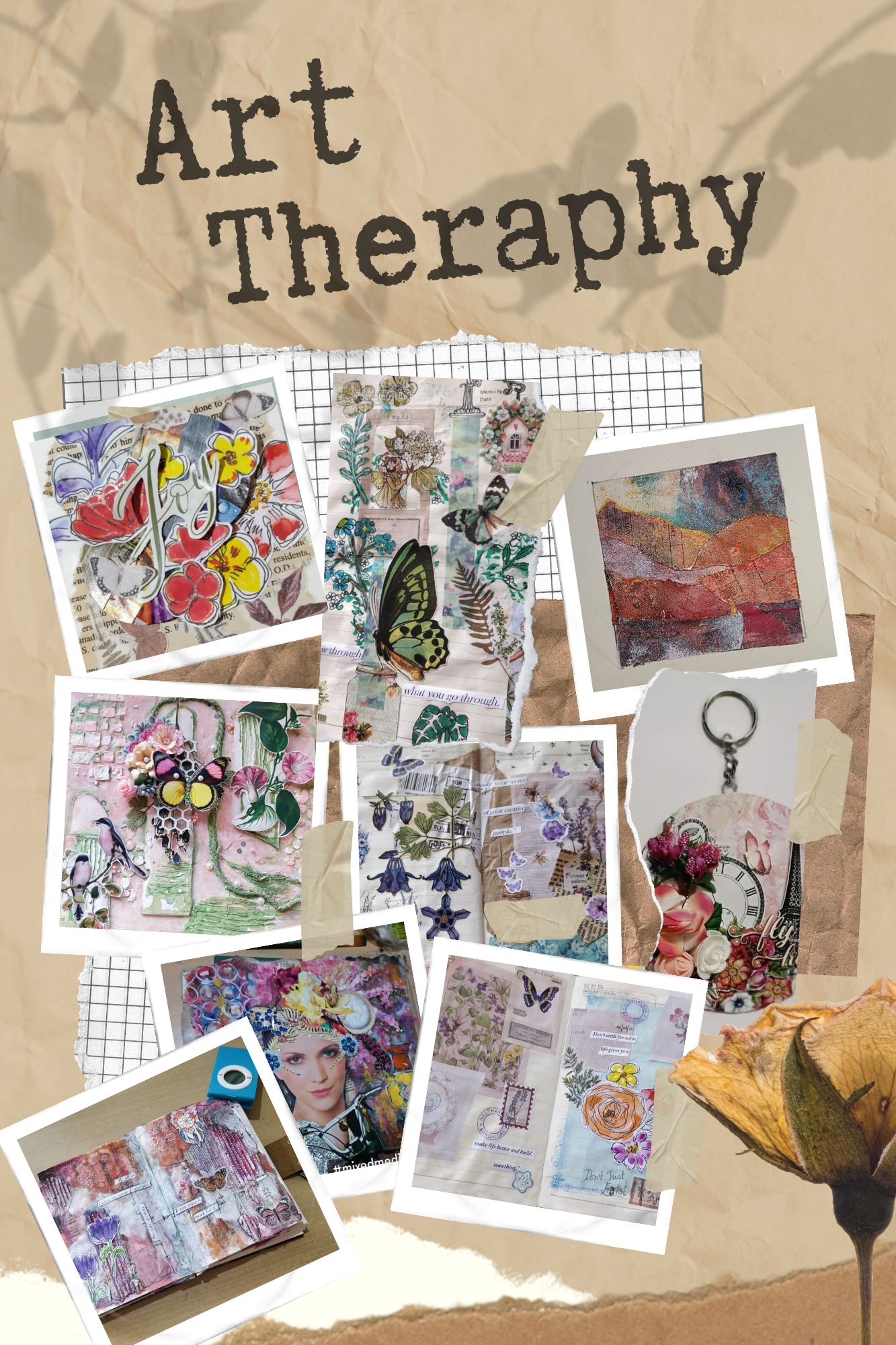
“Art speaks where words are unable to explain.”– Pam Holland (Artist)
Have you seen or observed yourself, when in deepest thoughts and worries, given a pen and paper, unconsciously you start scribbling random patterns?
After scribbling you always feel a sense of relief.
Art is a powerful tool that helps to express one’s thoughts and feelings which are too painful to communicate in words. So what is Art Therapy?
What is Art Therapy?
In the field of counselling, there are various forms of therapies and Art therapy is one among them. As the name suggests, it refers to using Art as a medium to explore one’s emotions and diagnose behavioural issues. Colours and creative activities are used to help people especially children to express emotions and feelings, de-stress, resolve conflicts, bring self-awareness and enhance the overall well-being of children.
Art Therapy for Children
“My child does not finish assignments”. “My child does not talk much to me and I do not know what is happening…”
Dear Parents Do these phrases ring a bell ?
Children, as they grow from childhood to adolescence, go through various challenges – personality changes, changes in their physiology, peer pressure, digital addiction, sibling pressure, parents' tantrums identity issues and much more. They find it hard to express their emotions and feelings as they feel overwhelmed by external factors. Sometimes they themselves are not even aware what is going on with them.
This is where we apply Art therapy. Art therapy, without intimidating, helps children in a fun and artistic way to express their emotions and understand themselves better.
Art circumvents the limitations of languages and provides an alternative for children to express their thoughts and emotions.
Art may involve doodling, painting, writing a story or poems, collage, clay art, sculpture, etc.
Art therapy is used by counsellors to address various childhood concerns, such as anxiety, low self-esteem, addictions, PTSD, depression, eating disorders and much more.
According to AATA, “Art therapy is used to improve cognitive and sensorimotor functions, foster self-esteem and self-awareness, cultivate emotional resilience, promote insight, enhance social skills, reduce and resolve conflicts and distress, and advance societal and ecological change.”
Here are 5 benefits of Art Therapy for the holistic development of children.

Improves focus, attention and concentration:
Creating an artwork involves active planning, preparing, deciding on various materials and colours, etc. While creating the artwork, one forgets everything and is in the moment focusing only on the art. It is like being in the zone. It makes one forget all the unwanted negative thoughts and worries and makes one happy. This triggers the release of Dopamine in the Prefrontal cortex which plays a significant role in mediating executive functions of the brain such as working memory, focus, organising, management of emotions, cognitive flexibility and self-control.
Manage emotions and improve communication skills:
Art therapy helps oneself to identify emotions and also acts as a safe outlet to relieve one’s emotions. Cathy Malchiodi, the Expressive Art therapist, states, “Drawing has been undeniably recognized as one of the most important ways that children express themselves and has been repeatedly linked to the expression of personality and emotions.” When they express their emotions through art, they feel at ease and relieved.
De-stress and reduce anxiety:
Stress arises when a child is unable to cope with numerous work demands and goes beyond their capacity to handle them.According to research studies, art therapy has been proven to help significantly lower the stress hormone -Cortisol. Further, children may not even be aware of what is going on with them. Art therapy makes it easier for them to express themselves which helps them relieve stress and address anxiety issues.
Address behavioural issues:
Refusal in obeying parents, attention deficit hyperactive disorder, lack of empathy, anger issues, etc. Art therapy, through positive behaviour reinforcement helps children to regulate their emotions and behaviour and provides techniques empowering them to be in control of themselves.
Self-Esteem and Self-Awareness:
The development of self-esteem in children is largely influenced by the external factors and environment they are exposed to. Art therapy provides an opportunity for children and adolescents to create something original on their own which equips them with the confidence to try new things.The satisfaction of self creation allows them to reframe their mental perspective of self-esteem. It enables self- exploration which provides insights to understand themselves better and work on themselves.
Overall, the goal of art therapy is to reduce symptoms, empower children to better manage themselves, provide coping strategies, identify triggers, increase the ability to problem- solving, manage emotions and behaviour and improve communication skills. Art therapy approaches children at their level and makes it easier to deal with various issues.

